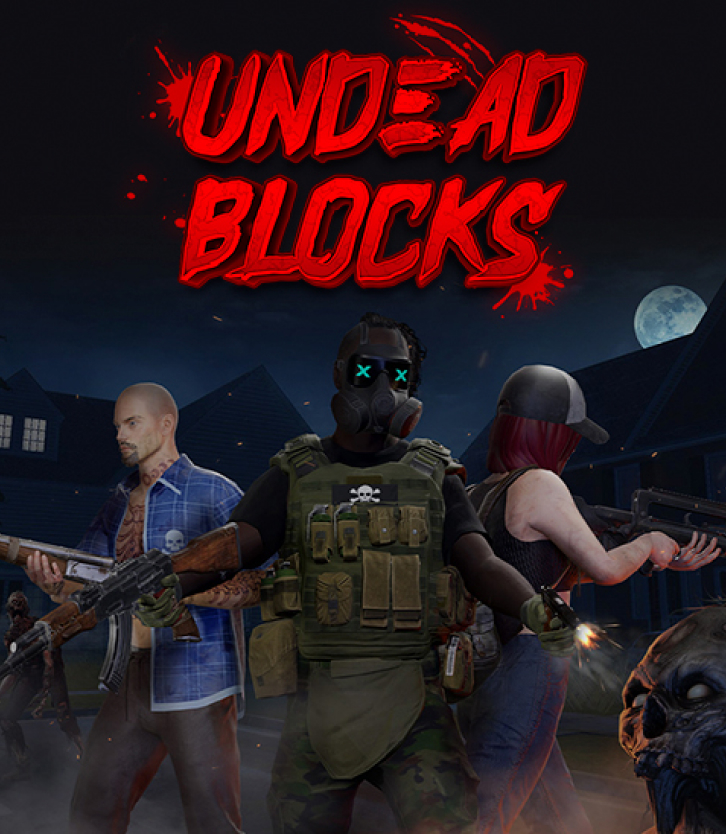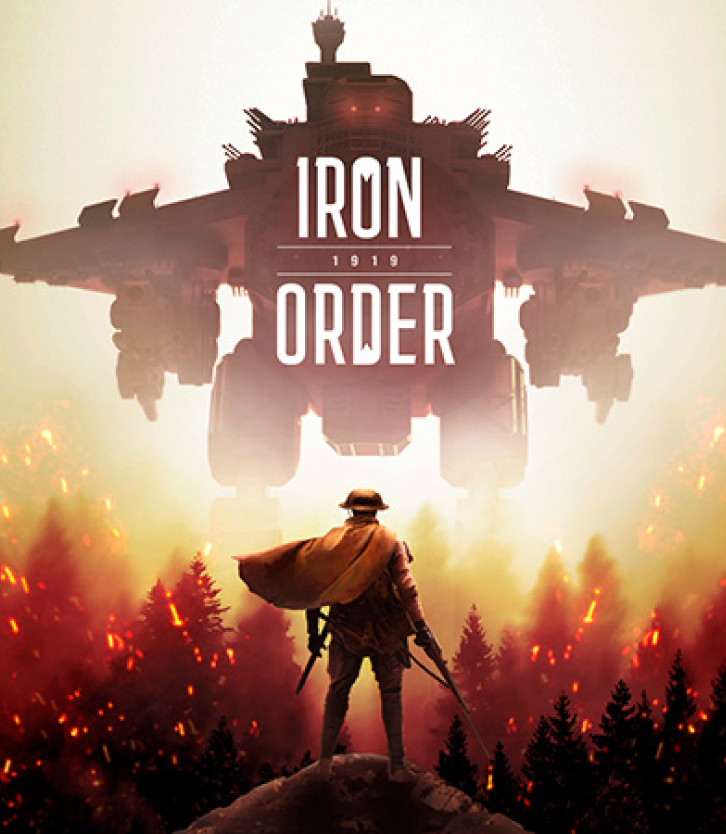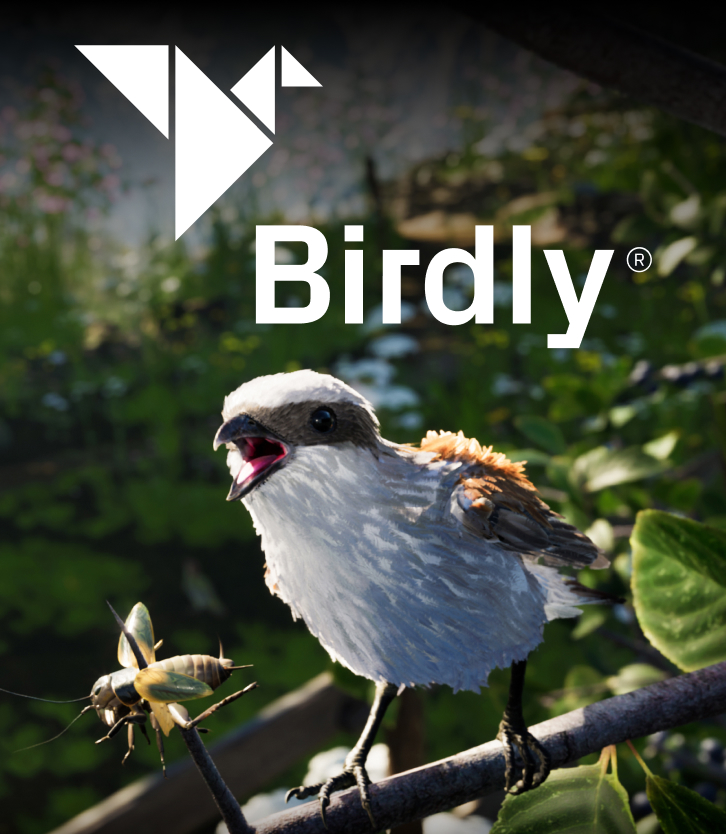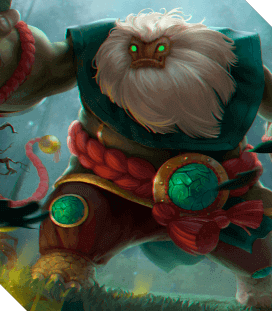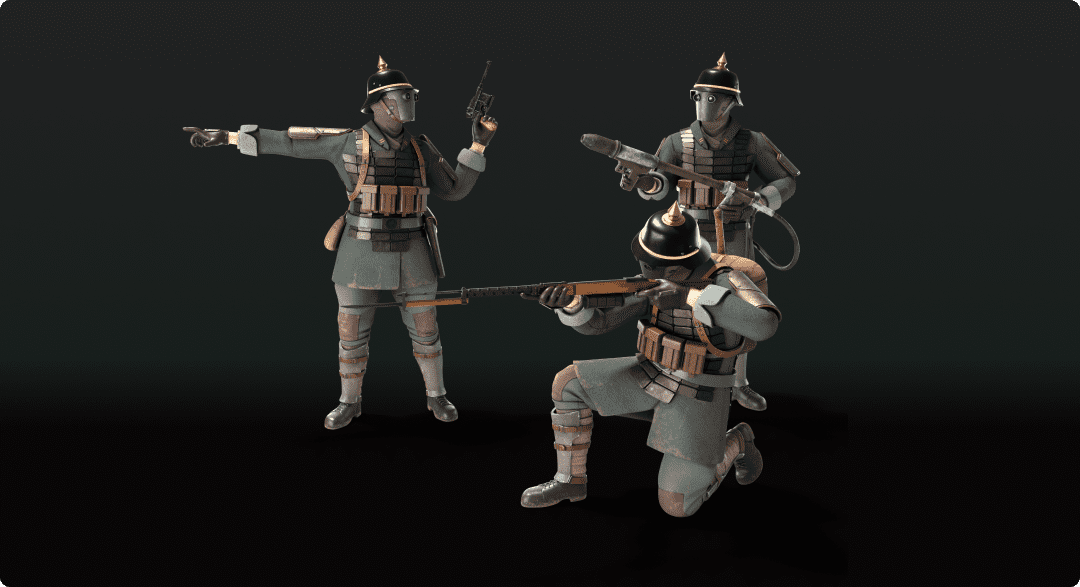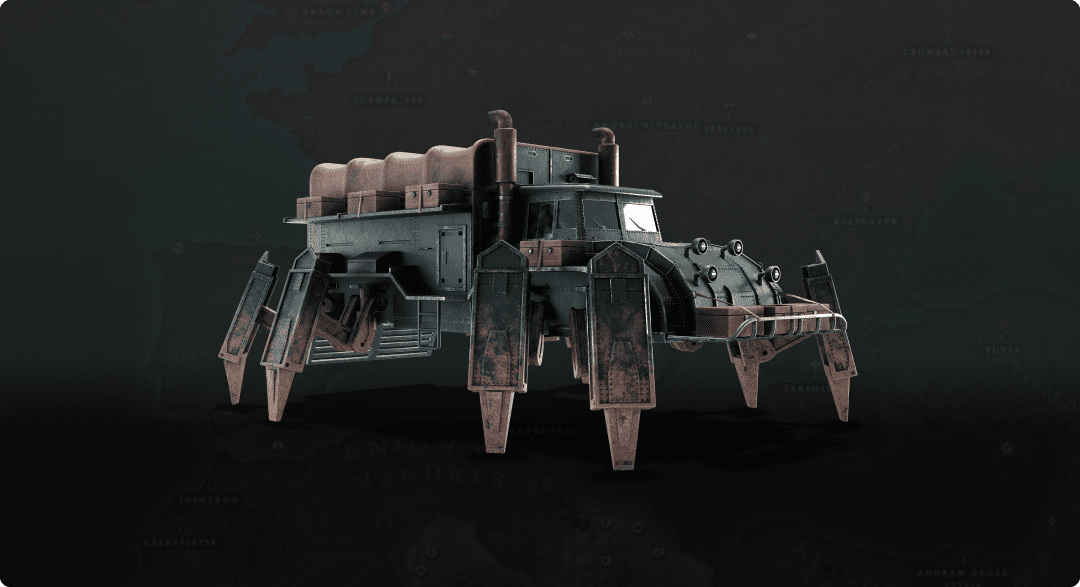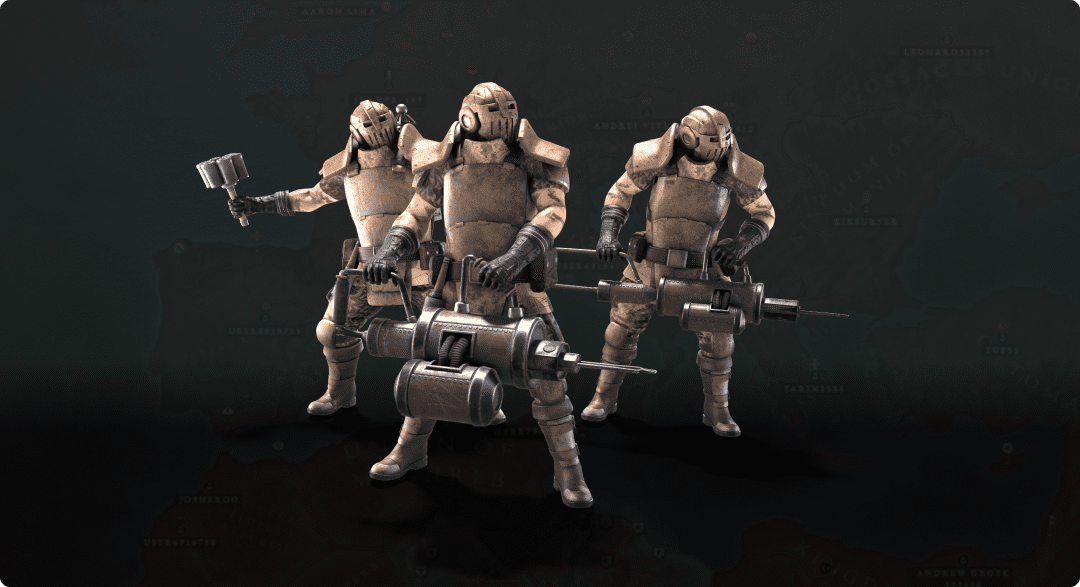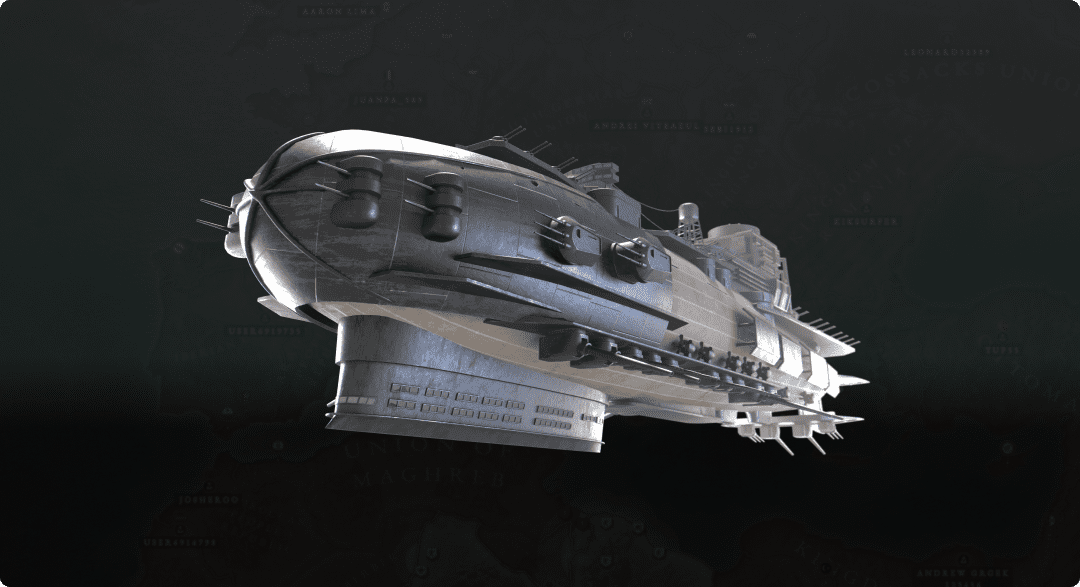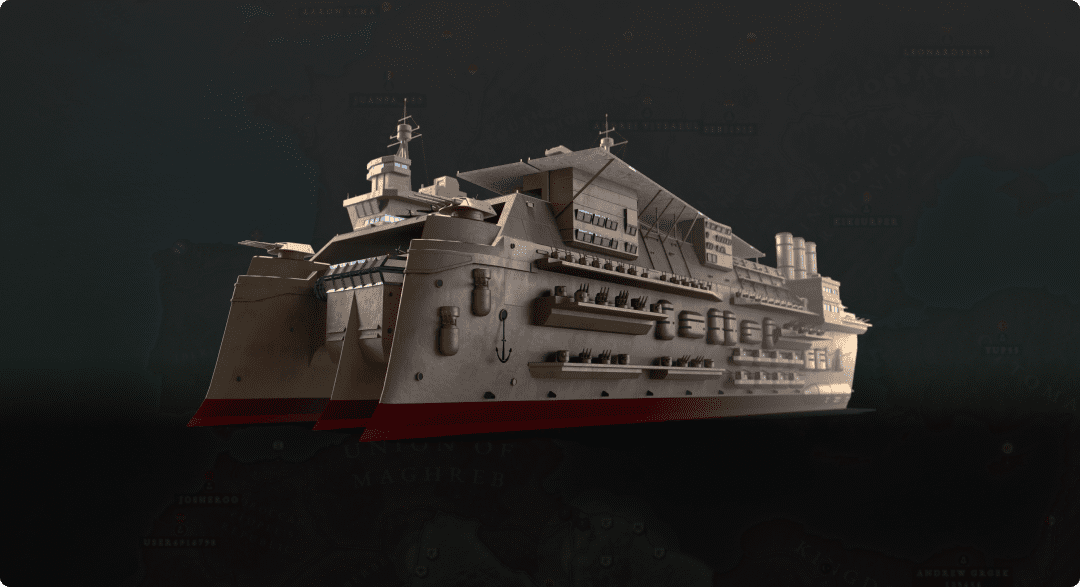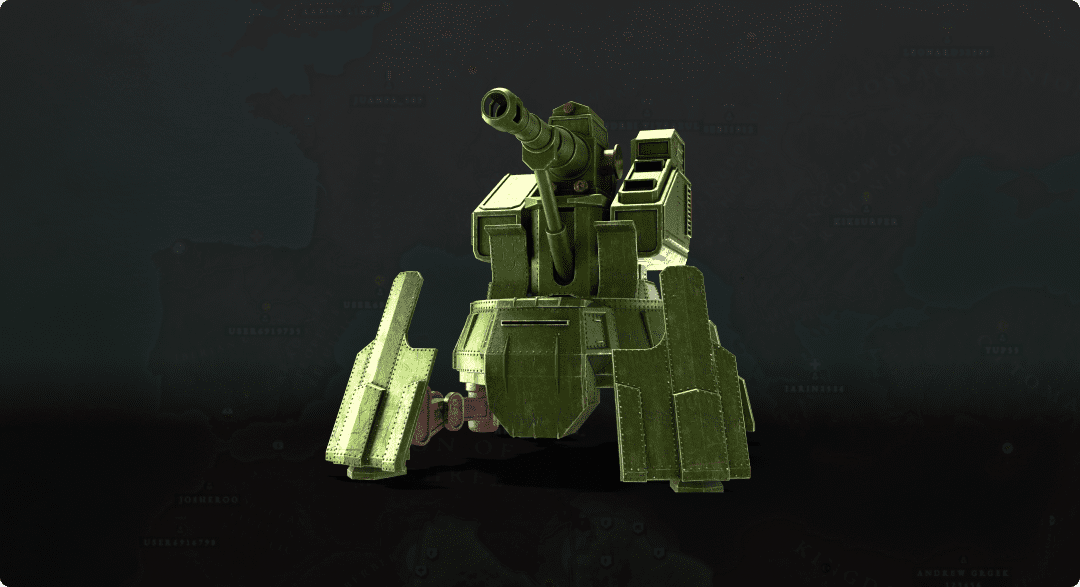Iron Order 1919 – 3D character and environment art for a real-time strategy game
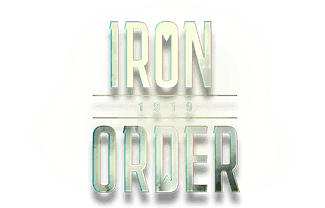


About Bytro Labs
Bytro Labs is a German game company that develops technically sophisticated cross-platform long-term strategy browser-based and mobile online games. Based in the center of Hamburg, this is an innovative and driven team of 60+ people recruited from all over the world. Their games combine cinematic and audiovisual creativity with interactivity and compelling stories.
top Games

Mars Tomorrow

Supremacy 1914

Call of War 1942

Iron Order 1919
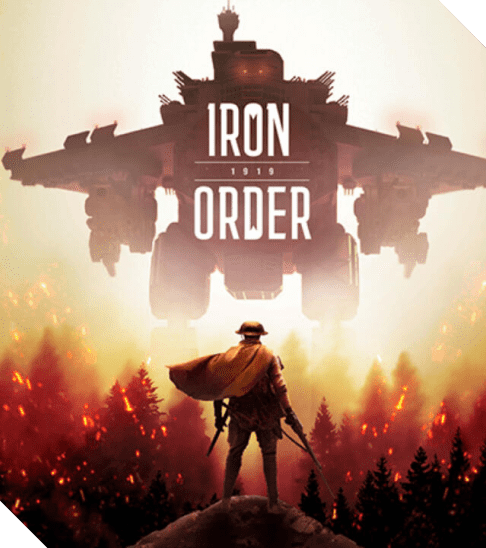
Iron Order 1919
This is a cross-platform strategy game based on World War I scenarios and beyond. Under the Iron Order, countless inventions and technological advances have seen mechanical warfare slowly take over. Soldiers become mere bystanders when Massive Mechs engage in major battles. The goal of the game is to capture most of the map. To achieve your goal, you have full control over your country's economic development, technological research, military achievements, and diplomatic relations with other players.
Production Workflow
We have allocated a large team of concept art and 3D modeling specialists in order to complete the intended goal on time in accordance with the wishes of the client.
GOAL
Our goal was to create 3D models of soldiers and special combat vehicles called mechs, as well as to prepare all required poses for models in accordance with the game design document.
challenge
Our challenge was to strictly follow detailed instructions regarding the appearance of mechs and soldiers and think through semifictional elements for combat vehicles.
Results of collaboration
Stage 1. Working on mechs
- Realistic textures
- Rusty, rough materials
- Not too bright colors
- Not the fresh-of-the-box appearance
- Mostly realistic proportions
- Germans
- British
- Communists
Stage 2. Working on soldiers
Stage 3. Working on animation
Team Structure
Games related to war require a special approach to art. Therefore, our artists applied their knowledge of strategy games to create the most suitable visuals.
Concept artists
Think over and implement detailed concepts for all models needed to create: mechs, combat vehicles, tanks and soldiers.3D character artists
Engaged in the creation of highly detailed 3D models of soldiers of 3 key factions, based on the developed and approved concept.Animator
Engaged in the development and creation of all required poses for models in accordance with the design document.3D environment artists
Work on all necessary art displaying mechs, combat vehicles and tanks in accordance with the approved concept.Project manager
Provides a high level of project planning, organization and execution to ensure that all requirements are met.
Values Delivered
Working on a large-scale strategy game allowed us to demonstrate our skills in the field of 3D character and environment art and make the game as visually appealing as possible.
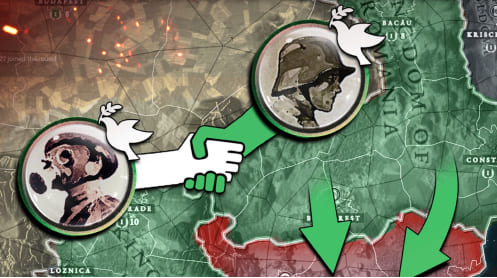

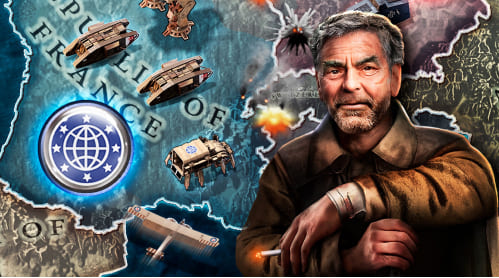
During the 6 months of working with Bytro Labs on the Iron Order 1919 project for mobile devices and the browser, we created a large number of 3D models of soldiers and mechs. Thanks to the design document with a clear indication of the wishes regarding each mech and the appearance of the soldiers, we were able to quickly figure out the required style and create all the necessary models on time.


